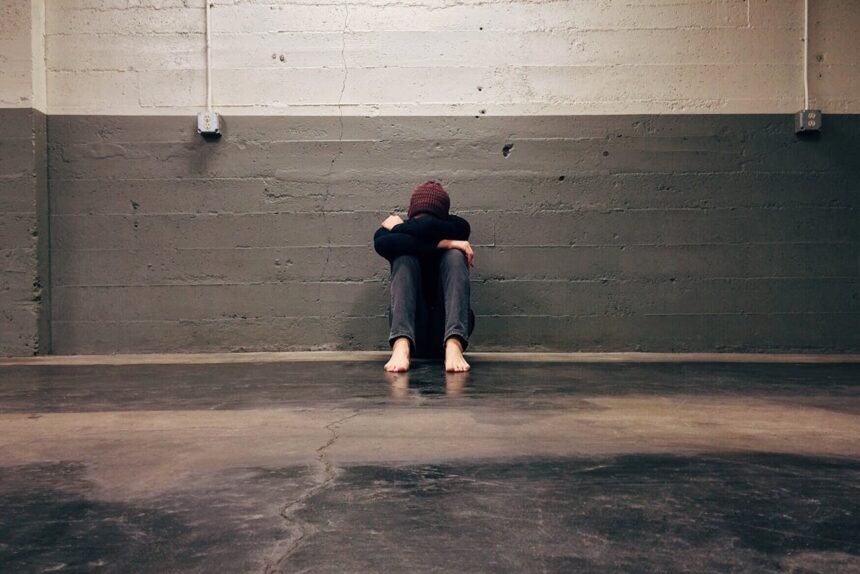In an era dominated by smartphones, tablets, and constant connectivity, digital overload has become a significant public health concern. Excessive screen time contributes to anxiety, poor sleep, reduced productivity, and strained relationships. A structured digital detox—periodic breaks from electronic devices—can enhance mental clarity, improve focus, and foster healthier technology relationships.
The Impact of Digital Overuse
Mental Health
High screen use correlates with increased anxiety and depression. A study by the Royal Society for Public Health found that excessive social media use doubles risk of anxiety in young adults.
Cognitive Function
Frequent multitasking between devices impairs focus and working memory. Research in the Journal of Experimental Psychology shows that task-switching slows performance and increases errors by 40%[1].
Sleep Quality
Blue light exposure suppresses melatonin, delaying sleep onset. Avoid screens 1 hour before bedtime to maintain sleep hygiene[2].
Social Relationships
Digital immersion can erode face-to-face interactions and emotional connection. The Mental Health Foundation highlights reduced empathy and increased loneliness associated with heavy device usage.
Designing Your Digital Detox Plan
Audit Your Usage
Track screen time for 7 days using built-in tools (Screen Time, Digital Wellbeing). Identify top time-sink apps and critical vs. non-essential usage.
Set Clear Goals
Define objectives: improved sleep, enhanced focus, better relationships. Specify detox duration: mini-breaks (1-2 hours/day), half-day detox (4-6 hours), full-day or weekend.
Establish Device-Free Zones
Designate areas (bedroom, dining table) and times (family meals, before bedtime) as device-free to foster presence and connection.
Implement Gradual Reductions
Reduce non-essential screen time by 10-20% weekly. Replace with alternative activities: reading, walking, hobbies.
Effective Detox Techniques
Scheduled Breaks
Use the Pomodoro method: 25-minute focused work, 5-minute device break. Extend breaks with device-free activities.
Social Media Sabbatical
Deactivate or log out of social apps for detox period. Use website blockers (Freedom, Cold Turkey) to restrict access.
Digital Sabbatical Retreat
Plan a technology-free weekend retreat. Engage in nature walks, meditation, journaling, and in-person socialising.
Mindful Technology Use
Apply mindfulness principles: before using a device, pause and set intention. Limit notifications to essential only.

Replacing Screen Time with Healthy Habits
Mind-Body Practices
Incorporate yoga, tai chi, or stretching during breaks to reset posture and circulation.
Creative Outlets
Engage in journaling, painting, or musical practice to channel mental energy away from screens.
Physical Activity
Use breaks for short walks, household chores, or brief workouts to boost endorphins and cognitive clarity.
Social Connection
Prioritise in-person conversations and quality time with friends and family.
Maintaining Long-Term Digital Wellness
Routine Integration
Embed short device breaks into daily schedule (e.g., device-free morning routine). Regular digital detoxes prevent build-up of screen fatigue.
Accountability Partners
Share goals with friends, join detox groups, or use social challenges to maintain motivation and support.
Technology Aids
Leverage features like Focus Mode, App Limits, and Do Not Disturb to enforce boundaries automatically.
Periodic Reflection
Review device usage monthly, assess mental and physical wellbeing, and adjust detox strategies accordingly.
Conclusion
A structured digital detox empowers you to reclaim mental clarity, improve focus, and strengthen real-world connections. By auditing usage, setting clear goals, and integrating device-free practices, you establish sustainable habits that enhance productivity and wellbeing in our hyperconnected world.





